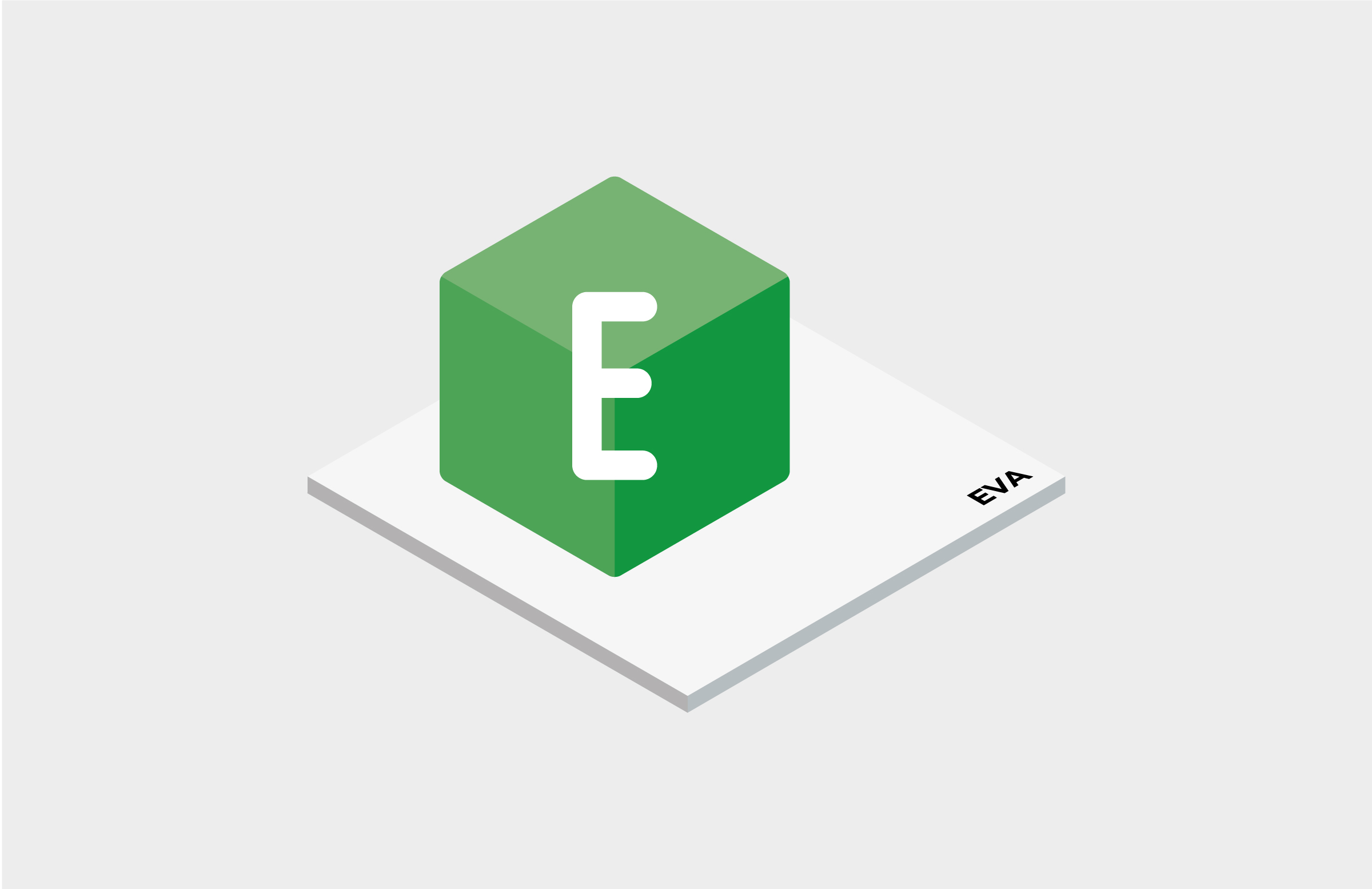How to deploy a custom software solution while controlling development costs and guaranteeing ease of evolution?
An off-the-shelf software with a certain degree of configuration can meet your needs in some cases, but adding a specific functionality to this type of software is either impossible or very expensive.
On the other hand, a custom software developed from scratch will be in perfect adequacy with your specifications but requires a long time of realization and implies an important financial investment.
A hybrid tool seems to be the ideal solution. A software approach guided by the description of your business (description driven approach) and guided by data (data driven approach) brings together the arguments and advantages of both sides. We present in this article how such a framework can answer this problem.
Description-driven systems (DDS) are characterized by an identification and abstraction of the following elements :
- Business objects (a product, a drug, an invoice, …)
- The life cycle of these objects.
- The processes linking agents (people or machines) to objects (or workflow)
- In the case of drug production, as shown in the diagram opposite, we can see that different people will enrich the batch data with different fields. The approach will allow the implementation of RBE (electronic batch record) or LIMS (laboratory information management system) type solutions.






The interconnection between your business objects is an equally important component in this approach. For example, the “batch” object will be connected to the “packaging” object, which in turn will be connected to the “packaging production line” object. Thus the context of your data will be used for further analysis such as traceability, quality analysis, …

- It’s easy to extend the schema of an object a posteriori without having to question the whole software implementation.
- It’s easy to add a task to a workflow without having to question the entire structure of the user screens.
- The evolution of the software is guaranteed so that it accurately represents your business and important data
- The integrity of your data is ensured (1) through descriptive schemas that “force” data quality and (2) through the representation of your business process by a workflow.
This approach is particularly powerful for the life-science and agri-food industries where government regulations (FDA, etc.) impose very high requirements in terms of data governance and traceability (ALCOA+).
The software frameworks built on this approach show a series of strong points for pharmaceutical production monitoring:
- Their development is agile (addition of business functional bricks in rapid increments).
- The traditional V-shaped development applied in the pharmaceutical world as recommended by GAMP5 is respected while being accelerated.
- GxP software qualification is simplified by the design of the software itself.
The framework used was invented at CERN in order to supervise the development of the particle accelerator crystals. Its robustness is not to be demonstrated!!
More information on the crystal open source framework invented at CERN
There is also increasing talk of Data Driven Business (DDB) or the data-driven enterprise. The descriptive software approach presented here is a solid foundation for being able to generate added value on the basis of your data in order to gain a competitive advantage and thus move your business towards a Data Driven Business.
Applications and services dedicated to your production
With EVA, monitor and analyze your drug production

Discover Smart Pharma, our solution for pharmaceutical production monitoring
